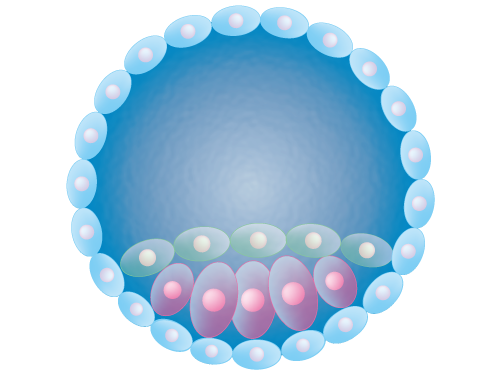
Embryonic diapause is when an embryonic blastocyst (the stage between fertilization and implantation into the uterus wall) remains in a state of dormancy and does immediately implant into the uterus wall until favorable conditions are met. For example, bears need 24% body fat before the blastocyst will embed. Embryonic diapause affects over 100 different mammals in 7 or 8 different orders.In 2012, a study with sheep and mice proved diapause is conserved across mammals. Sheep don’t do diapause while mice do. A sheep blastocyst was embedded into a mouse uterus and the blastocyst went into the diapause state. Then it was removed and put back into the sheep and diapause stopped.